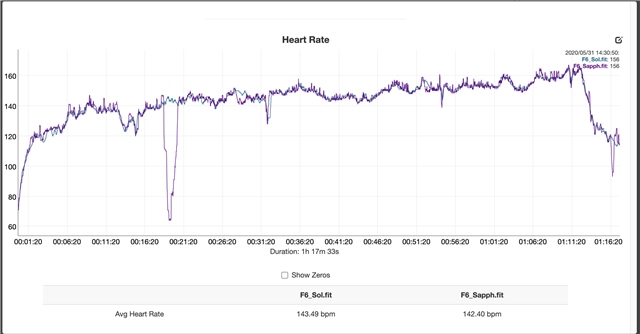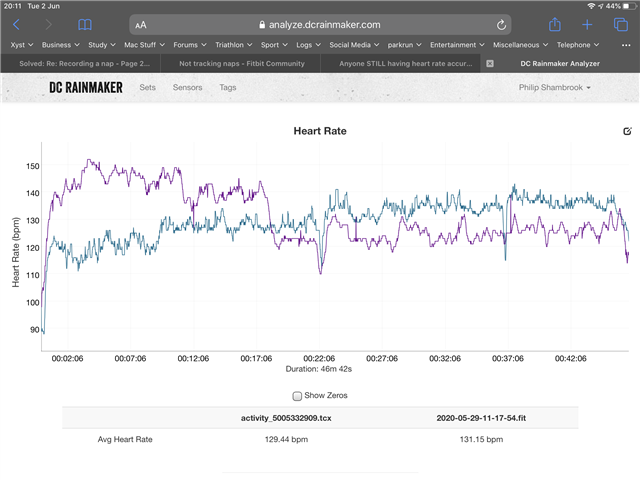Hi all,
Super frustrated, but I am still having issues with my Fenix 6S and heart rate accuracy even with the 4.20 software update. I'm wondering if it's just me or what the deal is? I had a 5S Plus before this and had no issues doing the same activities so I really don't think it's user error. My heart rate hardly reads over 110 during really vigorous exercise when my heart rate is closer to 160+. I have tried wearing on the inside of my wrist, tried my other wrist with no luck. It consistently reads 80-110 bpm the whole time. I wouldn't have bothered to upgrade if I knew this was going to be an issue. I know that wearing a chest strap is the most accurate, but I don't like to have to wear it for all of my work outs and my old Fenix was totally fine as well as my apple watch before that. Any suggestions?





